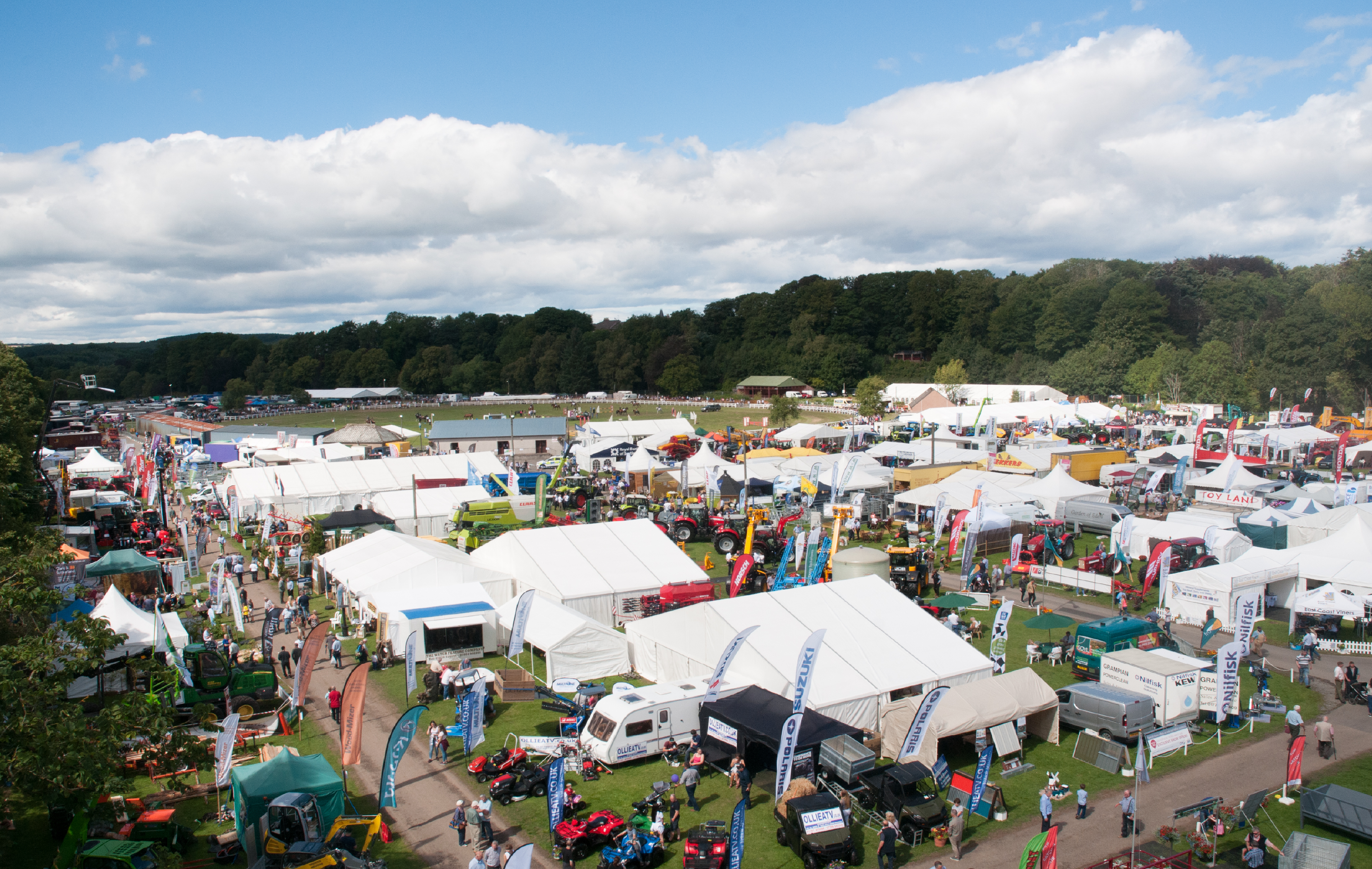Summer months – light nights, silage time and the season for agricultural shows. It’s the time of year when jams and preserves get competitive, beer tents are buzzing, and farmers show and parade some of the country’s finest livestock.
Our agricultural shows are, without a doubt, steeped in our rural and food heritage dating back to the 18th century. Originally established by farmers to promote best practice in breeding livestock and crop production, these events keep true to their origins, and today offer an important insight into faming and rural life, as well as an opportunity for farmers to celebrate their industry.
There are hundreds of county and agricultural shows in the UK. One of the earliest in the year is the Royal Northern Spring Show which is held on the last Wednesday of February and the latest is the Alwinton Show in Northumberland, which runs on the 12 October this year.
Latest research from the Association of Show and Agricultural Organisations (ASAO) states that seven million people attend agricultural and county shows across the UK every year, and numbers are on the rise.
This year’s Royal Highland Show had a record number of 195,400 visitors, attracting the highest attendance in its 179-year history.
But what makes agricultural shows so important to our industry?
Consumer interest in food, farming and rural life has increased dramatically over the years and with this, our agriculture shows now see engagement with urban audiences as one of the driving principles.
Agricultural shows up and down the country give members of the public the opportunity to visit rural areas and appreciate the diversity and contribution of the rural economy to wider society – from cattle and sheep, renewables and crafts, to vegetables and vintage machinery.
Our team – who have experience working and volunteering with shows across the UK as well as in Australia – have been working with Turriff Show, Scotland’s largest two-day agricultural show, which offers a vast array of farming, foods, crafts and music, and is continuing to grow each year. A recent post-show survey revealed the most popular areas identified by visitors included livestock (70%), food and drink (60%), socialising and trade stands.
These results show livestock and the traditional elements of our agricultural shows still feature heavily as the key attraction for visitors.
Our industry should take great credit for maintaining the tradition and continuing to invest time and energy into these vibrant events; with most shows being run by committees and volunteers from within the agricultural and rural sector, their contributions are tremendous.
For me, these shows are not just about entertaining and opening our world to the public, they are also about bringing local communities together. Shows are exceptionally social; whether it’s meeting friends, neighbours or exhibitors – show season is the highlight of the year for many farming families.
I was brought up to be a keen supporter of our local show, and even now, I have moved away from the area, Tarland Show is firmly in my diary on the second Saturday in August.

